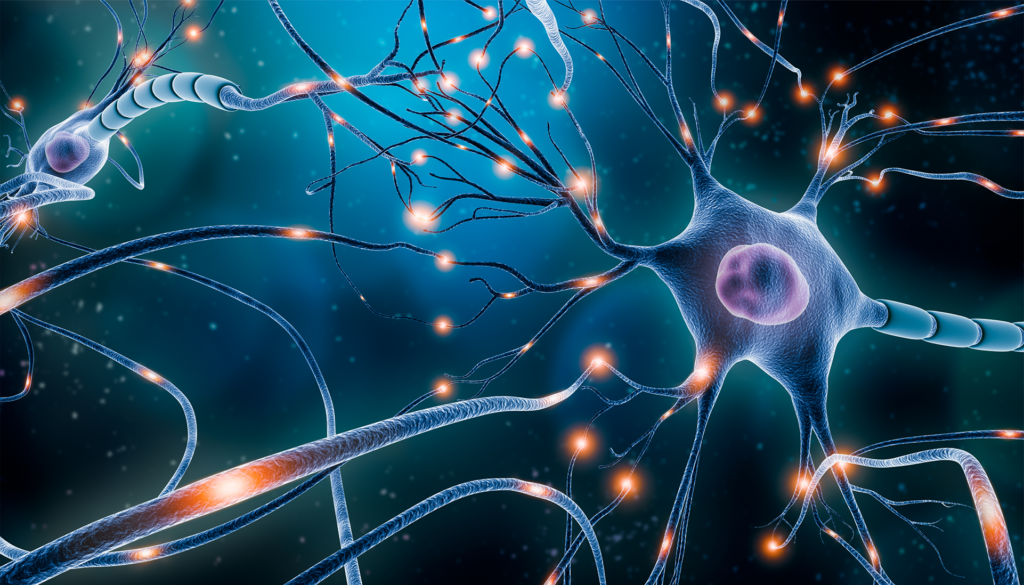One woman’s journey into neurotech: meet Hannah Claridge, TTP’s Head of Neurotechnology

Hannah Claridge, Head of Neurotechnology at TTP, sat down with Rachel Lee and Ciara Sejour, the young tech enthusiasts behind the podcast Luminexus. They talked about how Hannah got started in science, what drew her to neurotechnology and what keeps her motivated during the long process of bringing a new product to market. Here’s what Rachel and Ciara found out about her exciting career!
How did Hannah get started in science and technology?
Even at school, Hannah was always fascinated by science, from particle physics to cosmology. This curiosity took her all the way to Oxford University for a degree in Physics. There she discovered how science can improve people’s lives and that her interest lay not solely in studying the universe for its own sake, but in the medical applications of science. However, she felt that medicine itself was not for her. Instead, she found that there were many more career paths available to her that utilize her strength in physics than she could have imagined.
Hannah decided to do her final year project on brain imaging, which led to a PhD at the Oxford Centre for Functional MRI of the Brain (FMRIB). She loved her research into non-invasive ways of measuring blood flow and oxygen metabolism because it allowed her to use her skills in physics and had important implications for helping patients. For example, it helped clarify the kind of treatment they might need after a stroke, and also provided insights into what distinguishes the onset of dementias like Alzheimer’s from normal and healthy ageing.
What drew Hannah into commercial applications of tech?
By the second half of her PhD studies, Hannah could see that the benefits of this work would only come many years into the future. She yearned to work on something that might have a more immediate impact, and began to look for a career that was closer to bringing new treatments to market.
That’s when Hannah came across TTP, and was excited by its work helping other companies create the next generation of medical devices. So, she joined TTP and has never looked back. Her work has involved developing everything from drug delivery devices like inhalers and auto-injectors to devices for measuring things like blood pressure. More recently, as Head of Neurotechnology, Hannah has been focussing on implanted devices to help relieve chronic pain, to deal with the symptoms of Parkinson’s disease and much more.

How does an idea become a commercial reality?
In contrast to working as a doctor, or as a scientist in a university, Hannah’s work also has a strong focus on the commercial side of things. If a product is really going to help those it’s intended for, the manufacturer has to be able to make money from it. Even a technically brilliant solution to a medical problem won’t help anyone if the company goes bust before getting it to market. That means Hannah has to have a head for business as well as science.
The process begins with identifying a need and a possible solution, and then working out if that solution is both technically and commercially viable. This is called proof of concept. It’s an extensive process, typically involving computer models and animal studies before the solution is even tried in human patients. But when it does get there eventually, that’s when all the hard work begins to pay off! Some of the devices Hannah has worked on at TTP have already made it into the clinic, and she looks forward to the day when the first brain implant her team has worked on helps the first patients.
What keeps Hannah motivated?
What keeps Hannah motivated is being part of a great team with brilliant clients. Everyone pulls together to help one another and to make steady progress. A big part of the product development cycle is running user studies to find out what potential users of a product want and need, and how they might benefit from it. Hannah finds this kind of feedback very encouraging because it helps her see the real impact her work can have – the very thing that has motivated her from the beginning of her career.
What advice does Hannah have for aspiring young scientists like Rachel and Ciara?
It all begins with curiosity. Hannah advises young women who constantly question how things work to keep learning and even conduct their own experiments to cultivate their curiosity. Even in a field like neurotech, it’s possible to buy relatively cheap EEG kits and play around with them – the beginning of experimentation. She also points to resources like Neurotechx.com and OpenBCI, where anyone can find links to training resources and information about hackathons. Some universities are even putting on events like drone races where you control drones with EEG headsets. So, there are lots of fun ways of getting into neurotechnology.
Hannah believes young women like Rachel and Ciara can flourish in STEM just as she has done. Gender does not have to be a barrier, any more than ethnicity, nationality or other forms of diversity. She knows that many companies like TTP and the innovative firms her team works with need fantastic scientists of all backgrounds, as long as they are impatient to make a difference.


